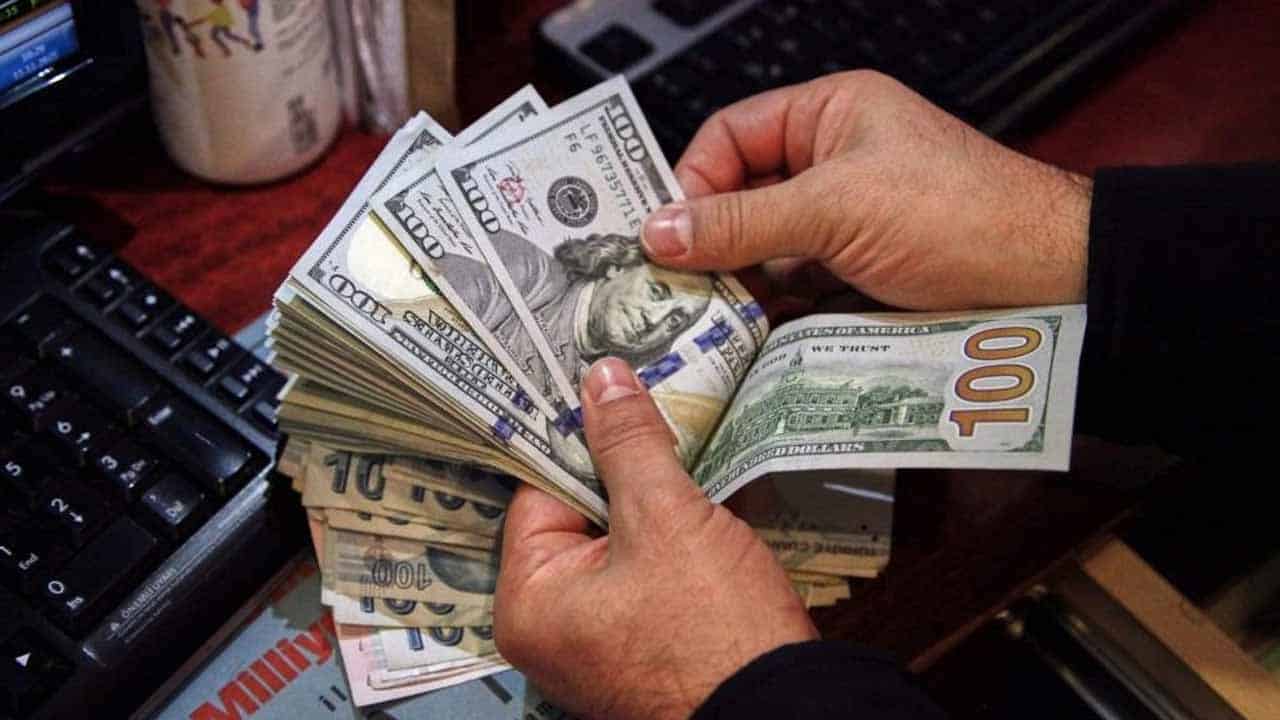During the first nine months (July-March) of 2022-23, the government borrowed $7.764 billion from various funding sources, including $900 million from foreign commercial banks, a 39.18 percent decrease from the previous fiscal year’s borrowing of $12.767 billion.
According to Economic Affairs Division data, the country did not receive foreign assistance from China for the sixth straight month in March, and $54.93 million was received during the first quarter, compared to the $49.02 million projected by the government for the current fiscal year.
The country borrowed $900 million from foreign commercial banks during the first nine months of the current fiscal year 2022-23 including $700 million in February.
External sources: Jul-Nov govt borrowing rises to $5.114bn from $4.699bn YoY
However, no loans were obtained from international commercial banks during the month of March 2023. According to Economic Affairs Division data, the country received $2.623 billion from foreign commercial banks during the same period last year.
During the first nine months (July-March) of 2022-23, the country got $1.166 billion from the International Monetary Fund (IMF). In contrast to previous practices, the EAD has also included IMF loans. If the IMF loan is eliminated, the country got $6.598 billion in the first nine months of the current fiscal year, compared to $12.767 billion at the same time in the previous fiscal year, showing a drop in inflows.
In March 2023, the government obtained external loans totaling $358.71 billion. The government got $612.30 million under the heading “Naya Pakistan Certificate” for the first nine months of the current fiscal year, including $73.88 million in March 2023.
For the current fiscal year, the government has planned $22.817 billion in foreign aid, including $7.5 billion from international commercial banks.
During the period July-March 2022-23, the government received $4.021 billion from multilateral, $1.064 billion from bilaterals, and $1.166 billion from the IMF. Non-project aid totaled $6.331 billion, with $5.272 billion for budgetary support, and project aid totaled $1.432 billion.
The Asian Development Bank (ADB) disbursed $1.940 billion during the review period, compared to the $3.202 billion budgeted for the entire fiscal year. In March 2023, ADB disbursed $12.46 million.
China disbursed $54.93 million in the first quarter, compared to the $49.02 million projected by the government for the current fiscal year; however, no money was received in October, November, December, January, February, or March.
During the first eight months, Saudi Arabia disbursed $782.28 million against the projected $800 million under the head of the oil facility; however, no money was disbursed in March.
The USA spent $24.27 million during the review period, compared to the $32.49 million budgeted for the current fiscal year. During the first nine months of the current fiscal year, Korea spent $21.31 million while France spent $29.87 million.
The IDA spent $1.102 billion versus the budgeted $1.4 billion in the first nine months, including $83.87 million in March, the IBRD spent $146.99 million versus the scheduled $1.246 billion, and the Islamic Development Bank spent $16.81 million versus the budgeted $3.38 million for the current fiscal year. In the current fiscal year, the IsDB (Short-term) disbursed $161 million. So far in the current fiscal year, AIIB has disbursed $546.75 million, while ECO (Trade Bank) has disbursed $54.12 million.






